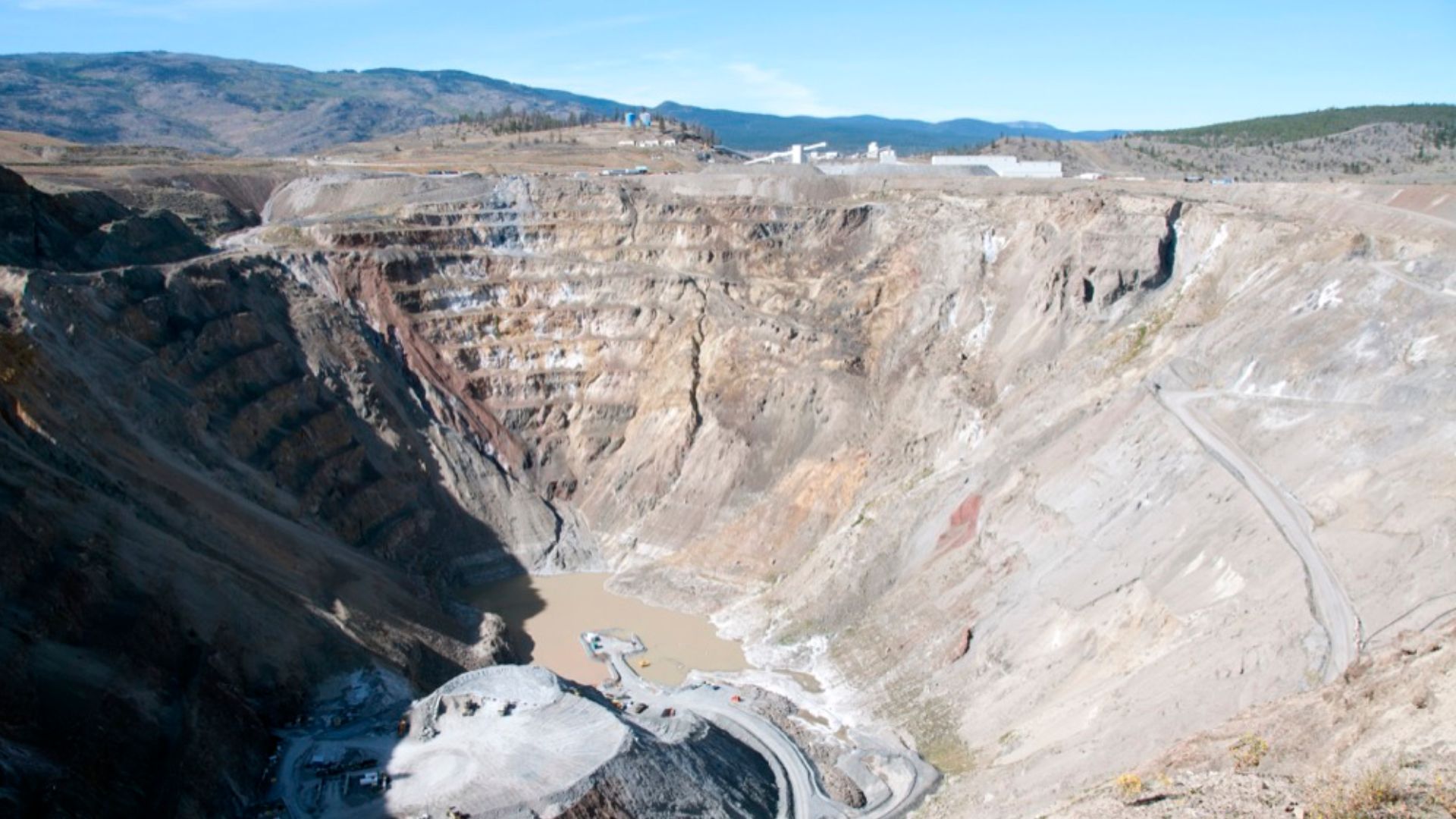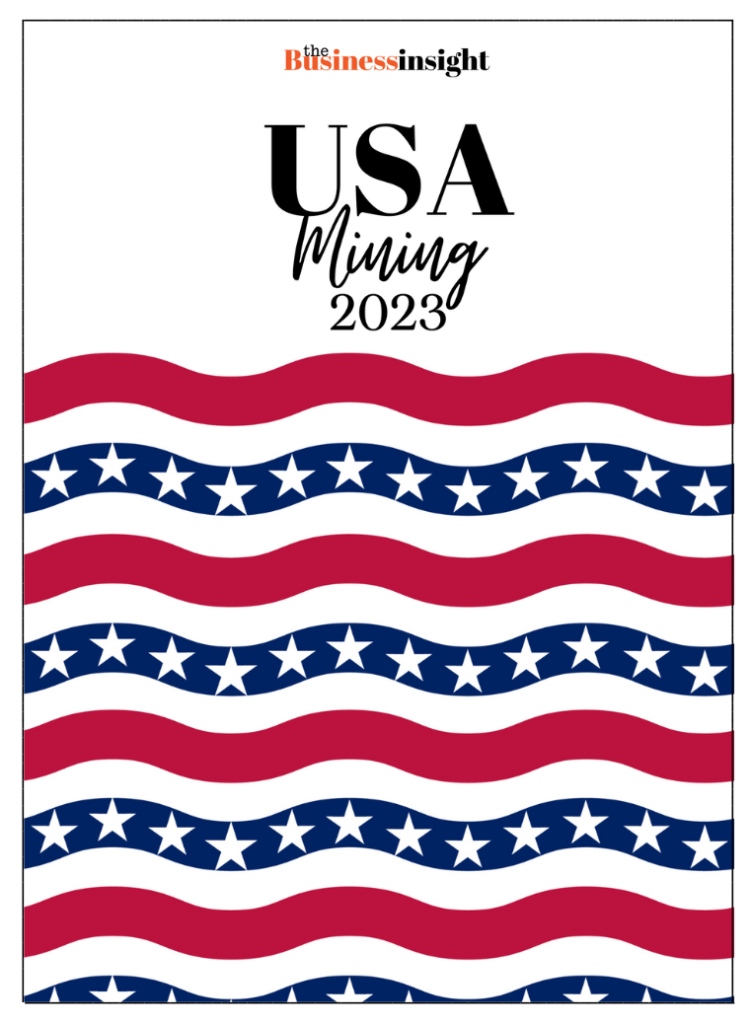Navigating Social Challenges and Expanding Project Pipeline: Peru's Mining Sector in the Spotlight
- Peru | 7 August 2020

Peru’s mining sector has been grappling with social and environmental challenges, leading to public opposition and strained relationships with local communities. President Martín Vizcarra’s recent announcement that the Tía María mining project would not proceed during his government highlights the growing concerns surrounding resource development in Peru. This article delves into the reasons behind the public’s anger and explores potential solutions to bridge the gap between mining companies, the government, and local communities. Additionally, it emphasizes the importance of maintaining Peru’s project pipeline to stimulate economic recovery in the post-pandemic era.
Vice Minister of Mines, Augusto Cauti, attributes the existing anger to a lack of trust between all parties involved in the mining sector. He emphasizes the need for transparent and clear information to effectively communicate the industry’s benefits and improve the quality of life for local inhabitants. To increase acceptability, mining companies and the government must work together to engage communities and showcase tangible positive impacts beyond just financial contributions.
Public perception of the mining sector is not solely driven by environmental concerns but also influenced by political factors. Marcial Garcia, partner and mining lead at EY Peru, highlights the significant tax contributions made by mining companies, emphasizing that the sector pays more taxes than any other industry in Peru. Efforts to improve public awareness of these contributions can help reshape the public’s perception of mining.
To combat anti-mining sentiment, mining companies are broadening their engagement strategies beyond the traditional tripartite approach involving the company, government, and community leaders. Consulting firms, such as WSP Peru, are playing a crucial role in facilitating technical approaches and engaging non-governmental organizations (NGOs) to strengthen relationships. The long-term social aspect of projects is emphasized, urging mining companies to consider community welfare throughout the project’s lifespan.
Social and environmental issues surrounding mining projects can be turned into opportunities for mining companies. Steve Botts, president of Santa Barbara Consultants, highlights that conservation efforts and biodiversity preservation allow companies to showcase their values through tangible actions. This approach not only benefits the environment but also resonates positively with the public, moving beyond corporate rhetoric.
With limited major greenfield projects in the pipeline after Quellaveco, the development of projects like Bear Creek Mining’s Corani deposit becomes crucial. Project development is seen as a priority for reviving the economy in the post-pandemic landscape. In addition to economic benefits, the Corani project holds the potential to transform the region, as demonstrated by the National Institute of Statistics (INE) identifying Puno as the poorest district in Peru.
The success of mining projects in Peru depends on early engagement with local communities. Bear Creek Mining’s experience with the Corani project showcases the importance of educating the local population on the project’s environmental impact. The involvement of community representatives in intensive training programs fosters transparency and knowledge-sharing, mitigating risks associated with a lack of understanding.
Delays in project development are often attributed to an increase in regulations and agencies involved in the mining sector. The lack of standardization in evaluation criteria and interpretations further complicates the permitting process. Experts, including Jorge Chávez Blancas of EnvPhys, advocate for standardized criteria and simplified regulatory frameworks to enhance predictability and efficiency.
The economic devastation caused by the COVID-19 pandemic amplifies the urgency for exploration and investment in Peru’s mining sector. Streamlining permitting processes and facilitating investment becomes paramount in overcoming the recessionary impact. The government’s recognition of the barriers posed by delays in obtaining permits is encouraging, with calls for bold actions to stimulate exploration and new discoveries.
Peru’s mining sector faces significant challenges in maintaining public trust, fostering community engagement, and streamlining permitting processes. By addressing these issues, the sector can bridge the gap between mining companies, the government, and local communities. Expanding the project pipeline and prioritizing project development will not only stimulate economic recovery but also contribute to transforming the lives of communities in resource-rich regions. The urgency for decisive action and innovative approaches is heightened in the aftermath of the COVID-19 crisis, emphasizing the need for collaboration and adaptation within Peru’s mining industry.








